Recent From Blog
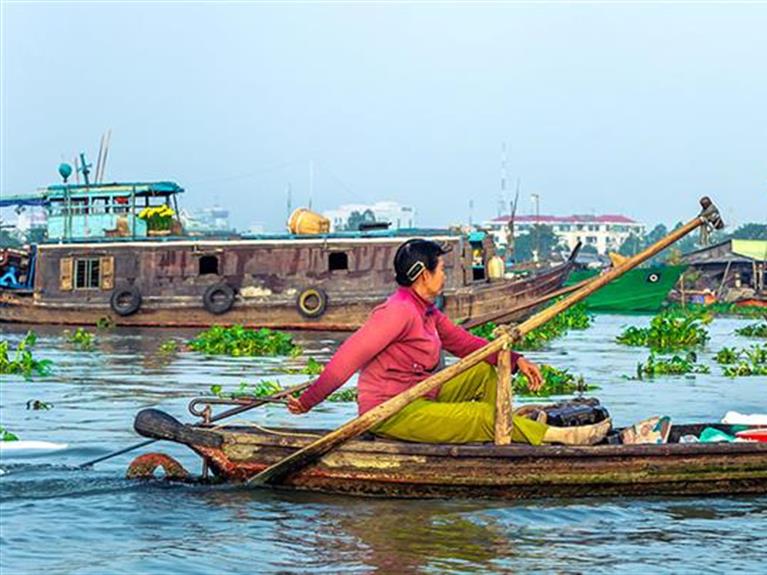
The Mekong Delta…The Ultimate in River Life
Thg7. 30“The Mekong Delta went way beyond my expectations. The people spend their whole life surrounded by rivers and canals. Boats are used for everything…transportation, markets, fishing, and even homes.”
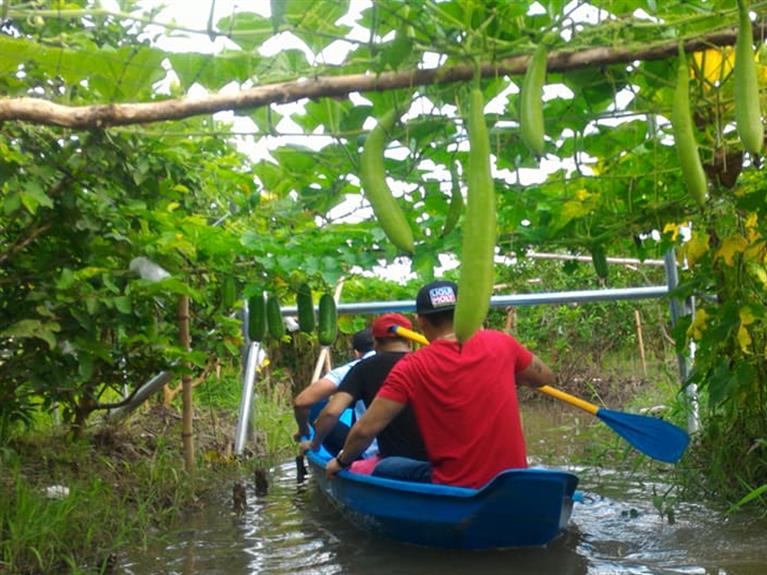
BA HIEP ORCHARD
Thg7. 29In Can Tho, there are many fruitful orchards all year round that many visitors are eager to visit to enjoy the ripe fruits at the garden, the specialties of the Southwest and enjoy the fresh air in the countryside.
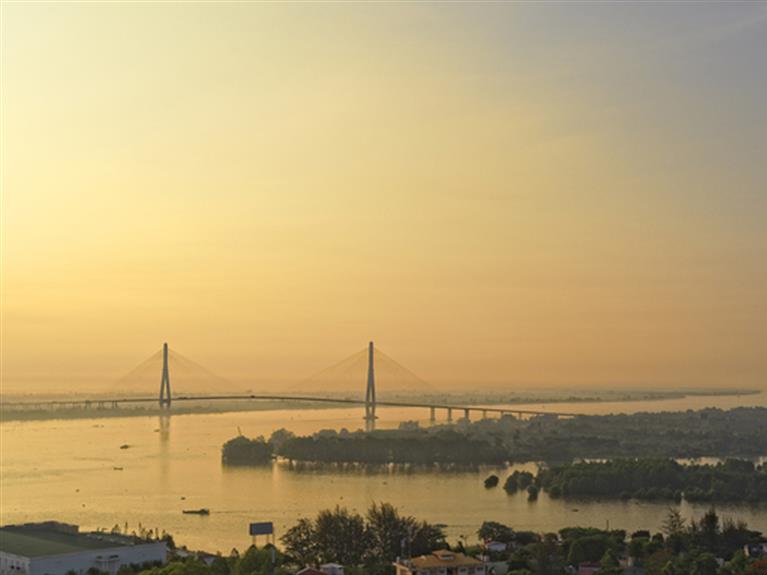
A DAY OUT AT CAN THO
Thg7. 27Can Tho is the main city of the Mekong Delta, the "nine dragon river delta" where the Mekong River empties into the South China Sea. It's also the main transportation center for the region. The extensive canals make for a pleasant boat ride, and the nearby floating markets offer authentic goods and exotic local fruit.
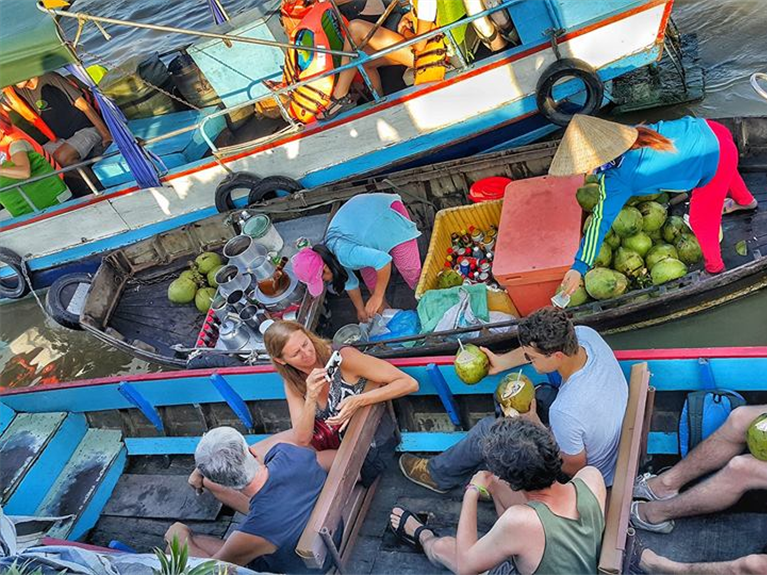
10 top destinations in Can Tho
Thg7. 27VietNamNet Bridge - Can Tho is the largest city in the southwestern region of Vietnam, with the specific culture of water-based.
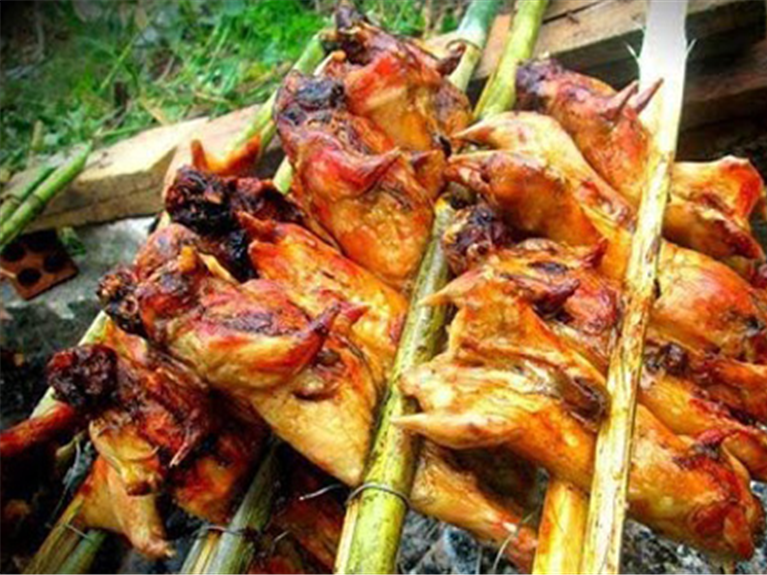
6 Mekongdelta dishes that really cross the line
Thg7. 27News website VnExpress has just released a list of Vietnamese dishes that may give you a heart attack but many say are very delicious.

Binh Thuy ancient house, 149-year-old house in Bình Thủy Cần Thơ site of famous film The Lover
Thg7. 27The ancient house of Bình Thủy is also a popular location for film shoots, and was the setting for The Lover, a 1992 film based on the semi-autobiographical novel by Marguerite Duras
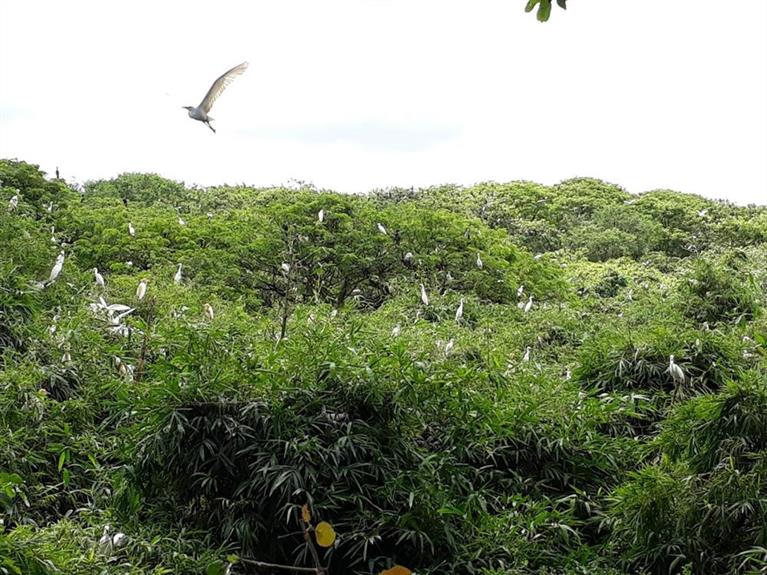
Bang Lang stork sanctuary in Can Tho city
Thg7. 27Bang Lang stork sanctuary is seen as one of the most attractive tourist destinations in the Mekong Delta city of Can Tho, which with a primitive beauty allows visitors to wallow in nature.

Making rice noodles in Vietnam
Thg7. 27In Vietnam, we visited the Mekong Delta. A delta is an area where a river flows out to the sea in many smaller channels. As the smaller rivers spread out from their source, they often make the shape of a fan. Some famous deltas include the Mississippi River Delta and the Nile Delta (in Egypt). Deltas are important to the surrounding areas, because they are ideal for growing crops. The land is flat, and rich sediment, or very small pieces of earth, is carried from further upstream and deposited in the delta, making it very fertile. Fertile means that plants can be easily grown. The Mekong River picks up nutrients from China, Burma, Laos, Thailand and Cambodia as it flows down from the Himalayas.n the Mekong Delta, the primary crop is rice. Rice is the main source of income for many rural families – and most Vietnamese people live in the countryside. In central Vietnam, farmers keep much of their rice to feed their families, and may be able to sell about 1/3 of their crop. But in fertile areas like the Mekong, farmers produce much more rice, and can sell as much as 3/4 of their crop.In fact, Vietnam is able to grow so much rice, especially in the Mekong Delta, that it makes enough to both feed the country and export rice to other countries, too. (And the Vietnamese eat a LOT of rice — rice paper, rice noodles, and plain old rice!) As far as exports, Vietnam is the second largest exporter of rice, after Thailand. Other countries, such as India and China, produce more rice, but don’t export as much as Vietnam. Rice is so important in Vietnamese life, and to the Vietnamese economy, that the Vietnamese word for rice (‘com’) also can mean ‘meal’, and even can be used to mean ‘wife’.
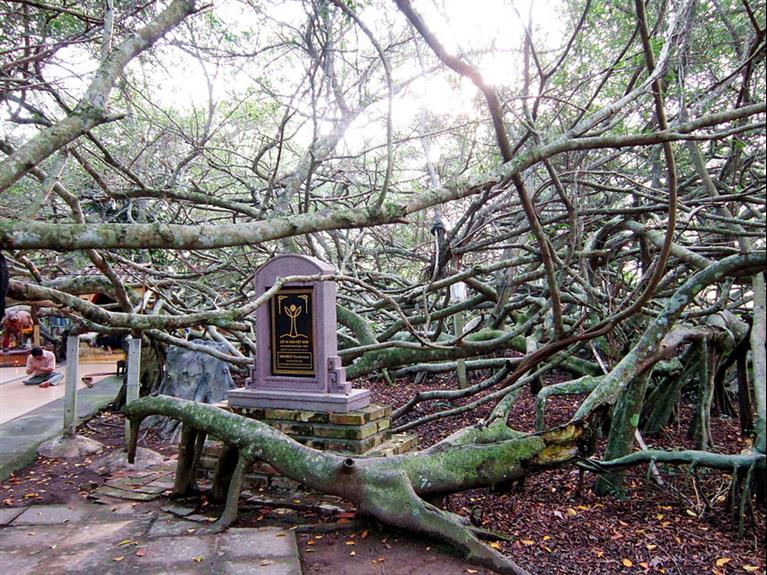
GIÀN GỪA RELICS
Thg7. 27Giàn Gừa Relic is one of the amazing tourist attractions in Can Tho City. There is a gigantic tree which is over 150 years in age.








